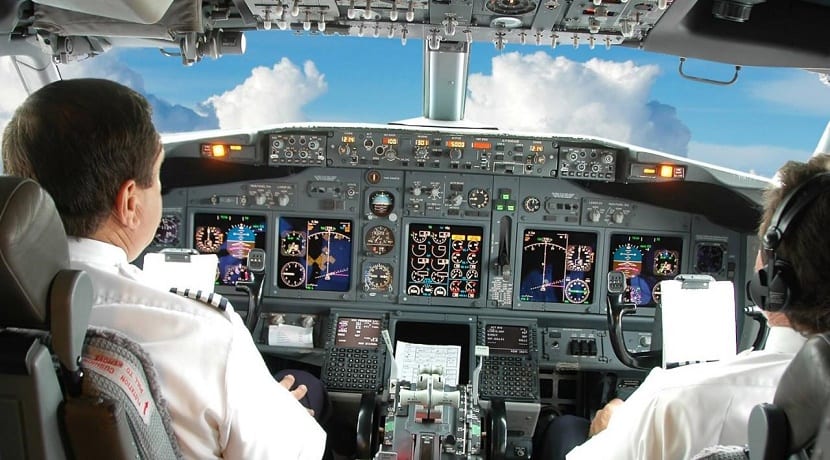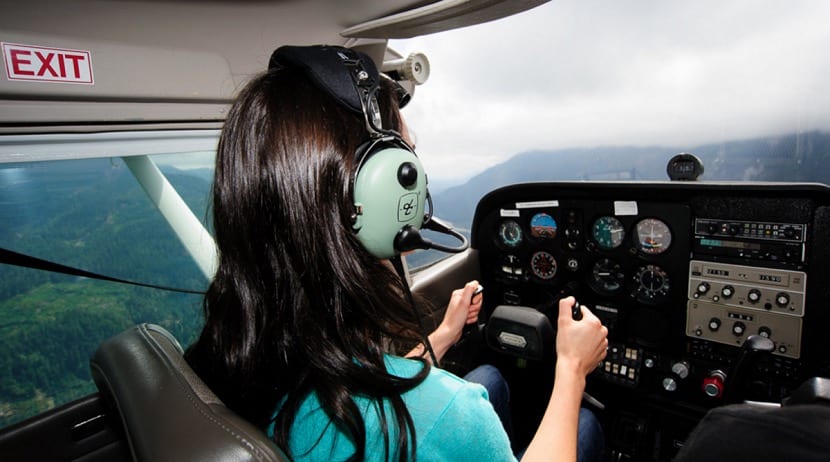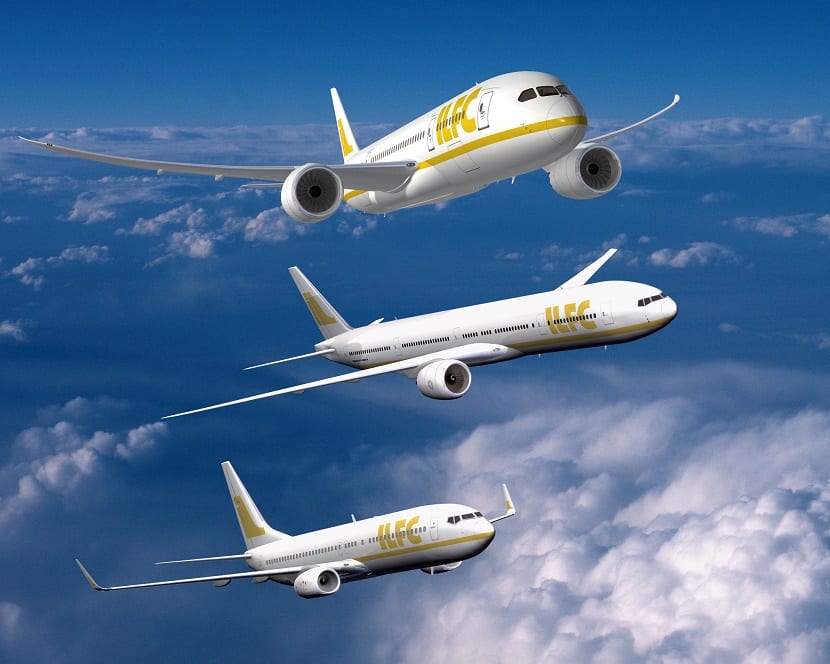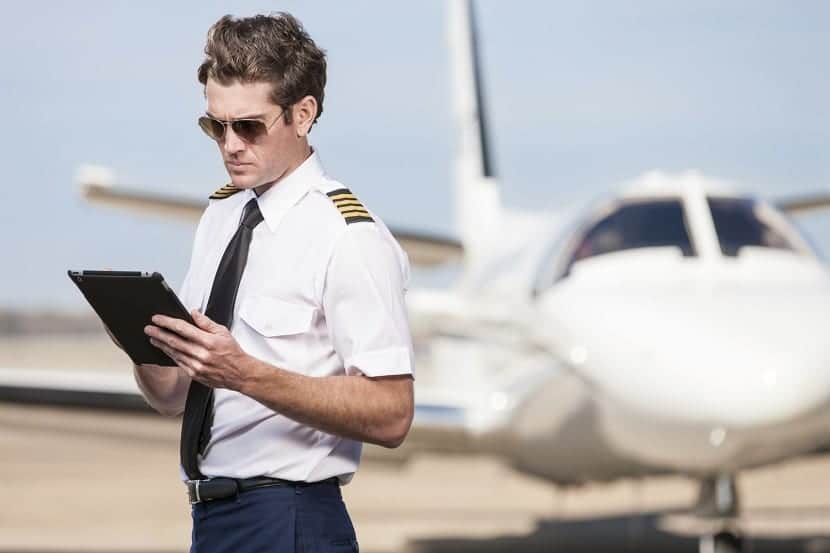
Perhaps you have ever heard the term "visual approach" or "VMC" and do not know what it is exactly or maybe you do know more or less what it can be but you are not entirely clear. That's why today, I want to talk to you about it because if you are a person who normally travels by plane, it will seem like the most interesting information.
Although above all it is information if you are a person who would like to learn to pilot and enjoy insider information on exactly what Visual Weather Conditions are about.
What is a visual approach or VMC / CMV?

A visual approach is basically an approach at the discretion of the pilot. This means that the pilot will take the shortest and most convenient route to the track. A visual approach is allowed (the request to ATC is requested) where there is visual contact with the destination airport.
A visual approach means on the other hand that you are flying without the navigation or landing aids, instead the pilot must / has to adjust the navigation as a normal approach. Only in this way can you have a safe flight and enjoy peace of mind behind the wheel of the plane.
So why a visual?
- A visual approach can save time and money (you will probably take shortcuts compared to published procedures).
- A visual approach allows the crew to decide and fly in a more practical way.
The important thing is to control the eventual restrictions for visual approaches. This information can be found on the STAR maps / charts for each destination. In the case of the ESSA STAR for runway 26 there is a restriction to go below 2500 feet outside the sector of the ARL 045-110 radials. Between 21.00 - 06.00 (local time not UTC). You are used to going below 2500 feet until you are stabilized at the end. These restrictions will affect our planning for a visual approach. (Some airports have published approach procedures such as ENBR, Bergen)
Real Virtual Situation

Let's say you are flying the TEB approach leg at 0º and visually recognize the ARL fix. Before starting the visual approach contact ATC:
- Pilot: Stockholm Control, Scandinavian 081 has a runway in sight.
- ATC: Scandinavian 081, is authorized for visual approach to runway 26, report at the end.
When you have received visual clearance from ATC, it's time to plan your approach. Depending on how much time you need for the final approach, you can look at the IAL chart again to find at what altitude. You want to capture the Glide Slope.
Let's say we are about 6 Nm on the finish line, so our entry point on the Glideslope speaks of an approximate altitude of 1750 feet (see left column D7 ARL, the ARL VOR located 1 Nm behind runway 26. We plan our side navigation as seen below:
- We leave TEB on radial 350, at a speed of 210 kts (if we do not have restriction from ATC) flaps at 5.
- The glide speed should be the one we enter with a final left turn of 160 - 180 kts and flaps in 15 with low landing gear. When you are at the end, contact ATC:
- Pilot: Scandinavian 081, stabilized in final at 26
- ATC: Scandinavian 081, winds coming from 250º at 10 knots, runway 26 cleared to land.
- Pilot: Scandinavian 081 cleared to land.
Continue the approximation as normal
The other procedure for a visual approach is if you approach the runway from the opposite direction to it. There is a special operation designated for this type of approach called "Standard Visual Weather Approach Pattern" and it looks like the figure below:
The different flap settings should designate the speed to be maintained through this procedure.. It is recommended to download the speed books and update the charts from the SVA fleet pages.
As you may have seen during the article, Visual Meteorological Conditions have a lot to do with flight safety. Flying is not only about catching a plane and starting the flight, there are many hours of work and study behind it and also, technical support is needed on the ground to achieve a safe flight. In this sense, knowing the technical data is essential to be able to fly safely and without endangering others.
Visual approach and permissions to the controller

When we talk about visual approach and contact approach, it has to do with the arrival of flights of any kind. It is not only an instrumental procedure but they also have to make the approach to the aerodrome also taking into account the visual references in order to await safety. But the commented maneuvers should not be confused with the visual approach with the flight rules.
In the visual approach, the plane or aircraft must make the approach to the aerodrome based on visual references, but it will never cease to be an instrument flight and it must be treated as such. But before changing the flight rules, the pilot will have to notify the controller of his intentions to confirm that he cancels the instrument flight to move on to the visual approach.
In any case, if the pilot wants to perform a maneuver or change his flight condition, he must always ask the controller for permission to authorize it.
Air traffic

Currently air traffic has a very controlled movement thanks to visual flight rules and instrument flight rules. Likewise, the visual meteorological conditions will also be essential to take them into account. When an airplane cannot fly normally, it must do so bearing in mind the visual flight meteorological conditions.
Each aerodrome will have to determine and report on the conditions in which it is operating in order to have good control and safety in flight. Air traffic has nothing to do with ground traffic and needs a much more rigorous control so that everything is in order. Only trained and professional personnel can take the lead in deciding how an aircraft should operate. In addition, pilots must be trained professionals to achieve a safe flight.
What did you think of all this information? If you want to know more about how to fly or want to learn more about the subject of airplanes, I advise you to enroll in a specific course that deals with these subjects or to start studies that have to do with aviation. Flying can be a wonderful experience, but to be successful, you need to have good information about it. And if you want to tell us about your experience as a pilot, you are invited to do so! We would love to hear about your experience among the clouds of our planet and what you consider most important to have a safe flight and landing.